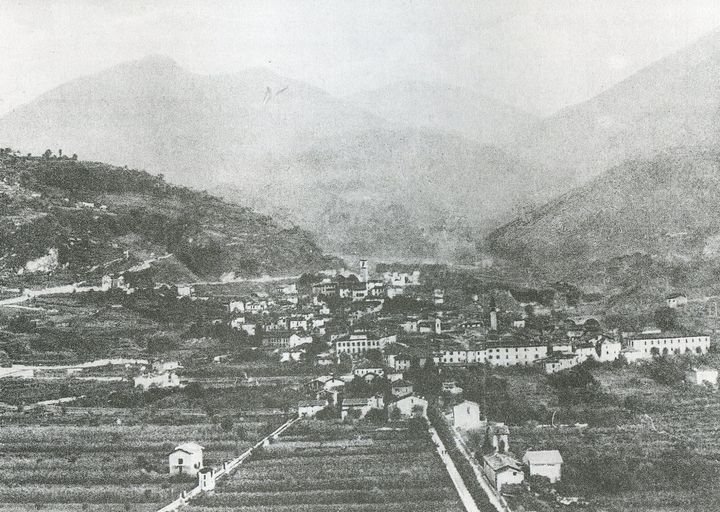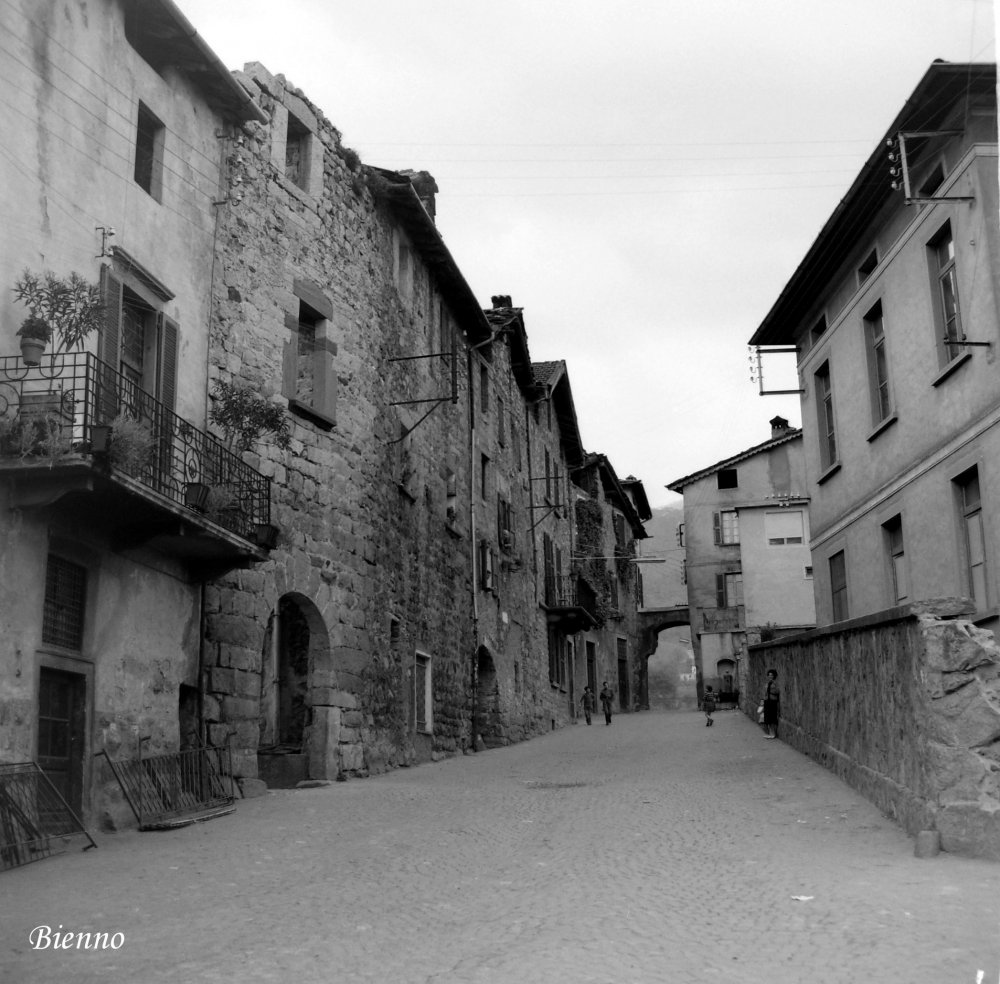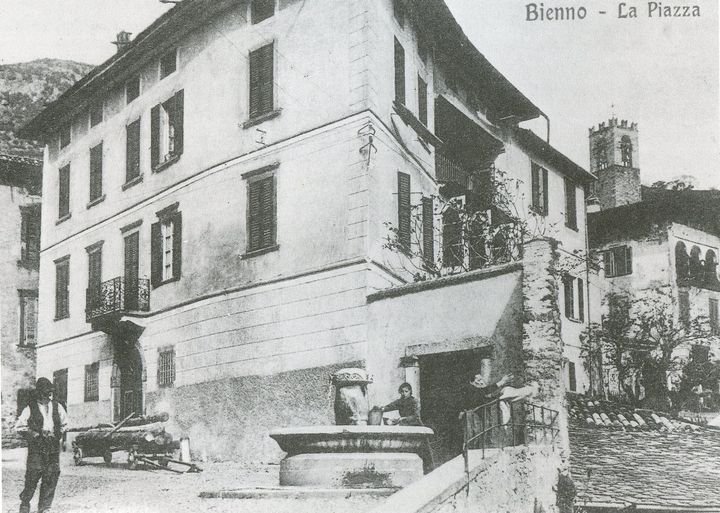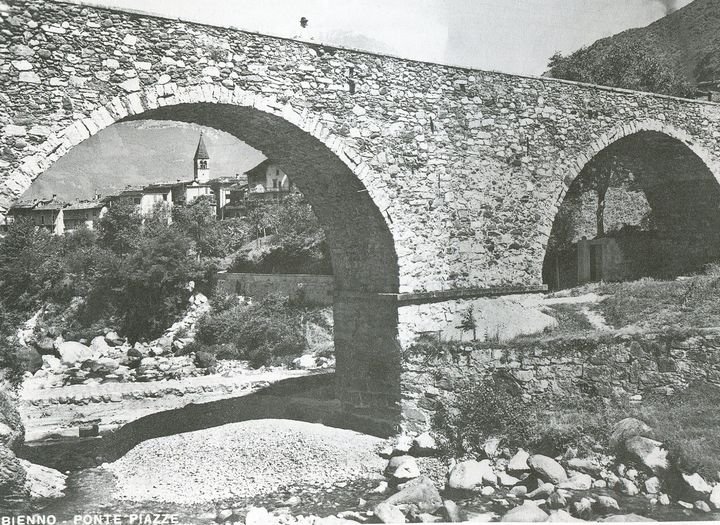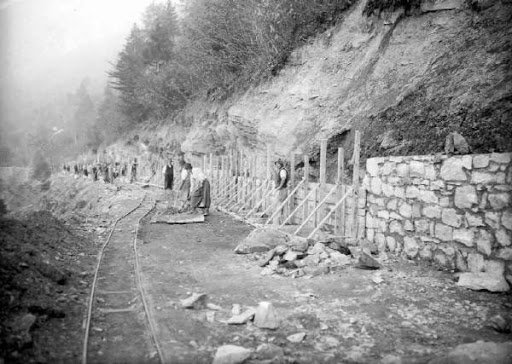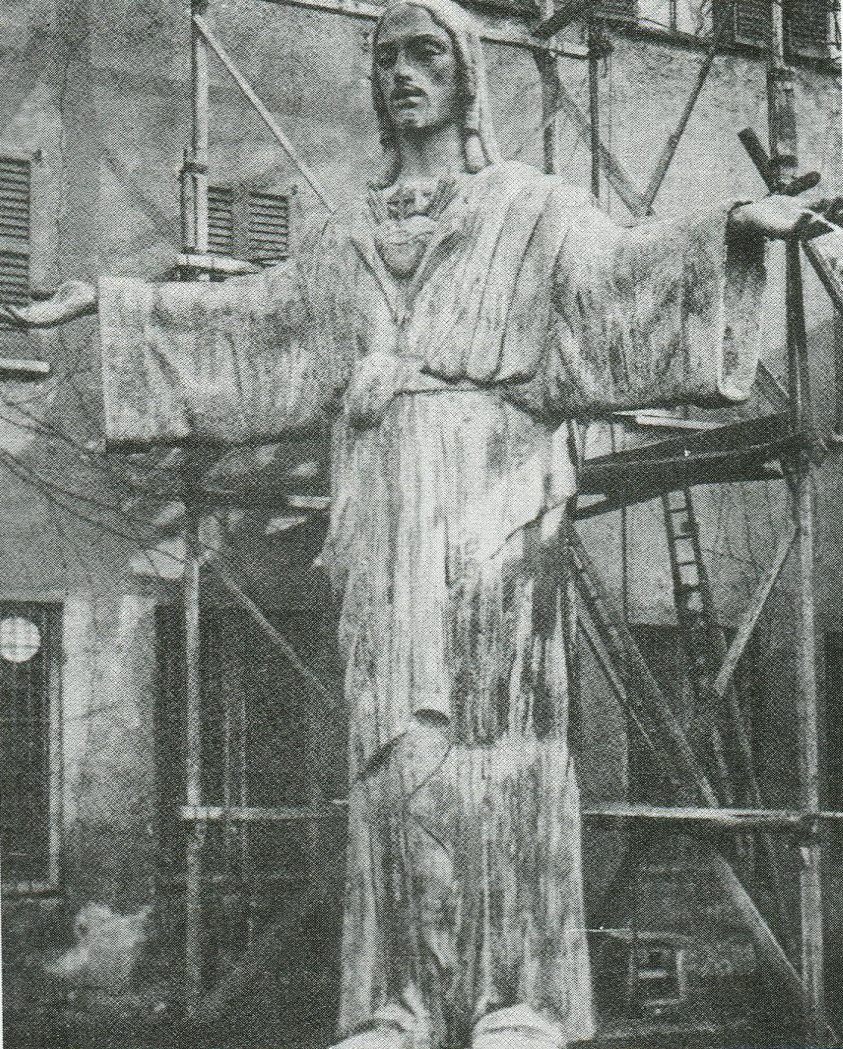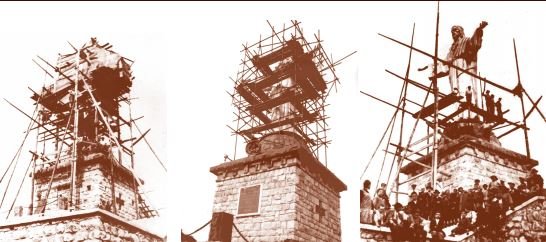Bienno is a common Italian site in Lombardy, in the media Valle Camonica.
It has a surface area of 30.54 km² and has a population of about 4000 inhabitants.
This wide area is due to the combination of the old town, the "new" part and the surrounding mountains of the country.
Obviously, in the beginning, the biennial territory was not so large, so populous. +
According to several studies, it was discovered that in the prehistoric times the area around the inhabited center was attended by the ancient Camuni, so that on the hill of Cerreto there was a famous squared stone called the local dialect, "la prèda de altar "(the stone of the altar).
Certainly it is one of those ancient centers of worship, placed in significant sites for the observation of natural phenomena or for space on the nature of places.
With the passage of centuries, the biennial territory has been marked by several peoples:
- In the 16th c. the Romans appeared;
- In 375 d.C. the landing of the Barbarian populations took place;
- And in 568 d.C. the coming of the Longobards.
Significant for the territory was the X sec. with the arrival of the Benedictines, which introduced to Bienno the use of mills, whose bladed wheels well suited to the current of the Grigna stream.
It is possible to imagine that around the year 1000 began the construction of the first parts of the "Vaso Ré" artificial channel that conveyed the waters of the Grigna to provide the energy necessary for the hydraulic wheels to move both heavy holes for forging iron, both mills and sawmills.
Around 1300, more precisely in 1348, the entire Camonica Valley, including the Biennato hamlet, was hit by the black plague epidemic that gradually overwhelmed Italy and the whole of Europe.
This epidemic led to a large number of deaths in countries like Biennale, though lower than those of large cities.
Always in the 14th century. more precisely in 1391, the land of Biennus has always been Ghibelline undergoing a great swarm of livestock caused by the Camunius guelphs.
Afterwards, Bienno deployed completely on the Ghibelline shore.
The century of the greatest splendor for the rich village of Bienno was 1400.
Numerous traces and testimonies remain in the monuments, in many gentle dwellings and in the construction or adaptation of the towers of the ancient medieval nucleus.
The country was subsequently subjected to the Venetian domination for about three hundred years, until the end of the 1700s, which exploited the art of blacksmiths for the production of weapons and tools of various kinds.
A major general crisis in the metallurgical sector was overcome in the seventeenth century, thanks to an intervention by the Republic of Venice in support of corruption.
On July 7, 1634, on the Bienno Mountains there was a large landslide that blocked the flow of the Grigna, which created a "cap" that holds the stream water, as soon as this natural barrier gave way to the entire territory of Val Grigna was overwhelmed by a large flood.
In Bienno the bridge of Dosso, a smaller and more fragile time than it is now collapsed, 28 houses were overwhelmed with so many furs; in Prestine the Parish Church of Sant'Apollonio with a large part of the village was abandoned, inhabited was destroyed and at Esine some thirty houses were overwhelmed.
In total, the victims of this disaster were 157 and a lot of livestock was overwhelmed.
However, the advent of the second industrial revolution made it difficult to keep up with the industry, so as to gradually obliterate the closure of almost all of the forges. Bienno also with the closure of forges continued to evolve by increasing its surface on the Camino territory and increasing its population.
A demographic crisis took place around 1940 when, with the advent of World War II and the entry into the war of Italy, many Biennians for the majority of young people left for war on various fronts or climbed up the mountains as partisans, and few returned.
From the end of the war onwards, Bienno resumed its demographic and geographic development.
A reason for great pride for the biennials was the beatification of the biennial nun, famous throughout Italy,
Geltrude Comensoli by Pope John Paul II on 1 October 1989
and the subsequent canonization by Benedict XVI on April 26, 2009.
In 2008 the town of Bienno was invested with the title "One of the most beautiful villages of Italy" and shortly after the "Italian Touring Club - Orange Flag".
On December 20, 2015, the referendum for the merger took place in the municipalities of Bienno and Prestine and won the Si in the municipalities.
